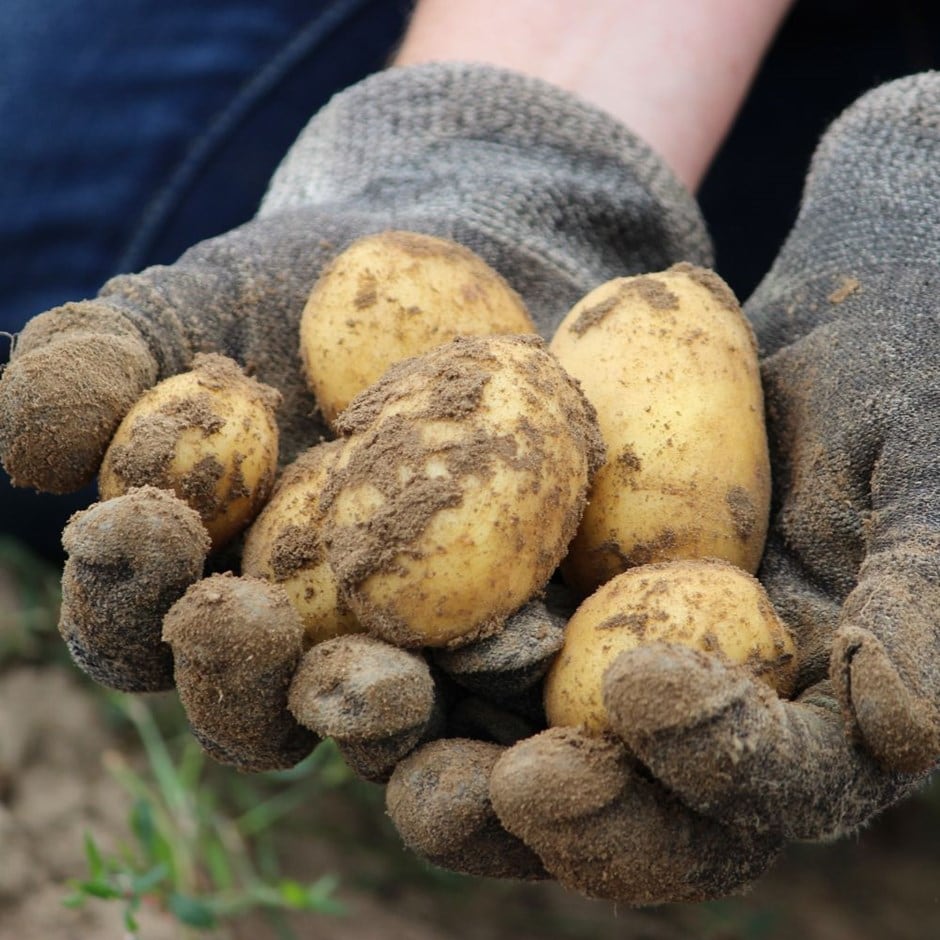potato 'Arran Pilot'
potato - first early, Scottish basic seed potato




Full sun
Fast-growing
Moderately fertile, moist, well-drained soil
Frost tender

potato 'Charlotte'
potato - second early, Scottish basic seed potato
| 2kg bag | seed potatoes | £9.99 |
|
|
| 5 × seed potatoes | £3.49 |
|
|
| 15 × seed potatoes | £9.00 |
|
|
| 5 × seed potatoes | summer planting | £3.99 |
|
|
| 10 + 5 FREE seed potatoes | summer | £6.98 |
|
Get the latest from RHS Plants, including offers and inspiration. Plus - save 10% off your first order when you sign up.
View our Privacy Policy
© RHS Enterprises Limited 2025
Registered in England & Wales No. 01211648. | VAT No. GB461532757 | Registered Office: 80 Vincent Square, London, SW1P 2PE.
All sales help fund the charitable work of the RHS.

